Joe Biden approved secret nuclear strategy focusing on ‘Chinese threat’: New York Times
The United States has updated a highly classified nuclear strategy to address China’s growing arsenal and its potential collaboration with Russia and other countries, The New York Times reported on Tuesday.
The “Nuclear Employment Guidance,” typically revised every four years, is accessible only to a select group of administration officials because of its sensitive nature. Even members of Congress do not have full access to the guidelines, which detail the US response in the event of a nuclear attack.
US President Joe Biden approved the revised plan in March, according to The Times.
Do you have questions about the biggest topics and trends from around the world? Get the answers with SCMP Knowledge, our new platform of curated content with explainers, FAQs, analyses and infographics brought to you by our award-winning team.
For the first time, the revised guidance explicitly mentions deterrence strategies aimed at “China’s rapidly expanding nuclear arsenal,” The Times said. The document also addresses the potential for coordinated attacks involving China, Russia, North Korea and Iran.
Senior Biden administration officials have hinted at the change before. In June, Pranay Vaddi, a senior director at the National Security Council, told an arms control conference that, in light of “the realities of a new nuclear era,” Biden had expanded the policy to address the threats posed by these countries.
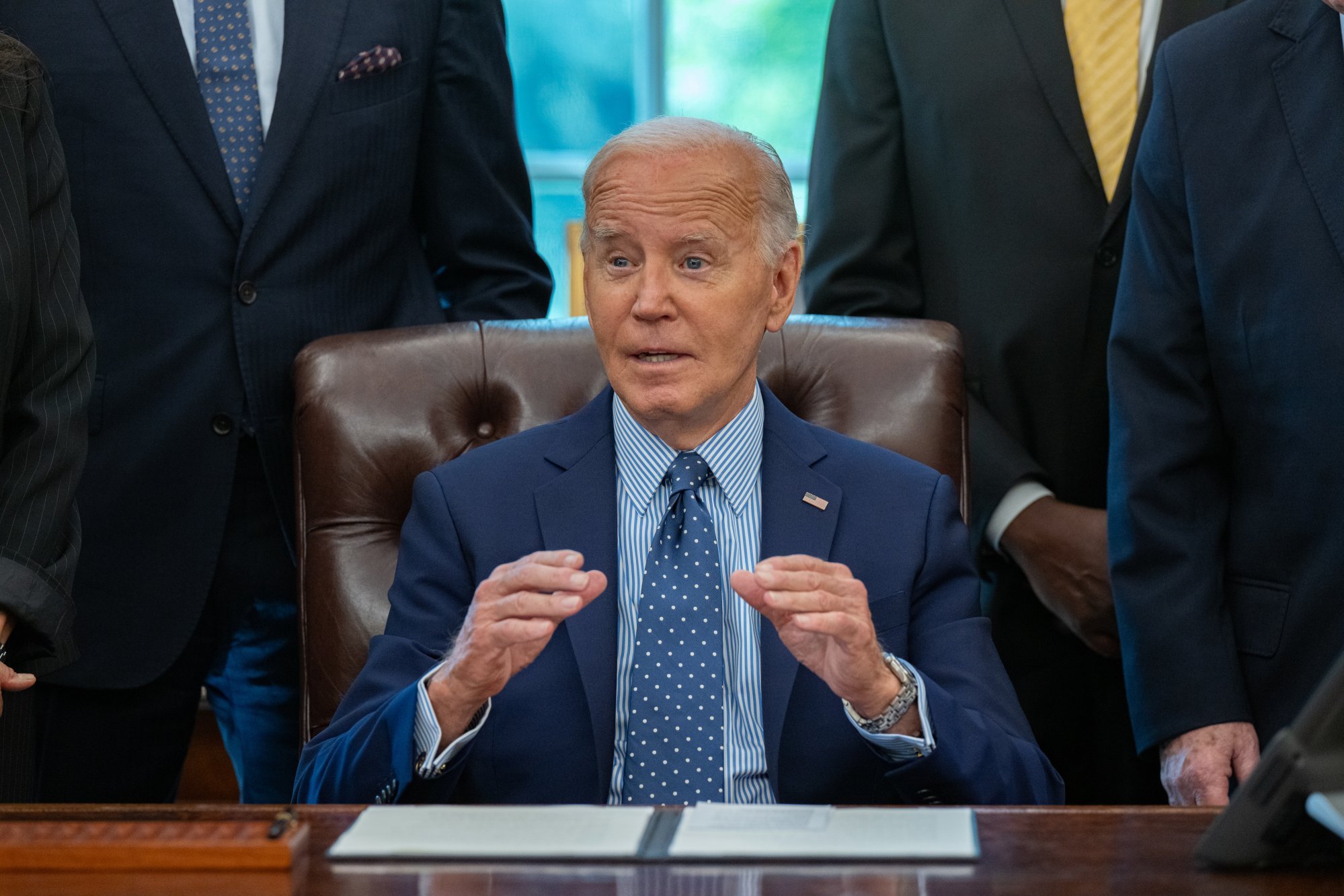
“[The revised policy] emphasises the need to account for the growth and diversity of the PRC’s nuclear arsenal – and the need to deter Russia, the PRC and North Korea simultaneously,” Vaddi said.
Vaddi also revealed that Washington was considering expanding its arsenal to counter the offensive capabilities of its adversaries. This would mark a significant shift from the post-Cold War era, when the US began diplomatic efforts to reduce global nuclear stockpiles.
“Russia, the PRC and North Korea are all expanding and diversifying their nuclear arsenals at a breakneck pace – showing little or no interest in arms control,” Vaddi said.
In a short statement after The Times’ report, the White House said the review of Nuclear Employment Guidance “is in no way secret … [and] is not a response to any single entity, country nor threat”.
China’s nuclear capabilities have drawn increasing scrutiny from policymakers and researchers worldwide. In June, the Stockholm International Peace Research Institute reported that China had increased its nuclear arsenal by 90 warheads, bringing its total to 500 as of January.
The report also projected that China’s total number of intercontinental ballistic missiles – currently around 238 – could surpass the US’s 800 or Russia’s 1,244 within the next decade.
The US and China resumed informal nuclear arms talks in March for the first time in five years. However, all negotiations were suspended in July in response to US arms sales to Taiwan.
Chinese Foreign Ministry spokesperson Lin Jian said the sales had “seriously compromised the political atmosphere for continuing the arms control consultations”.
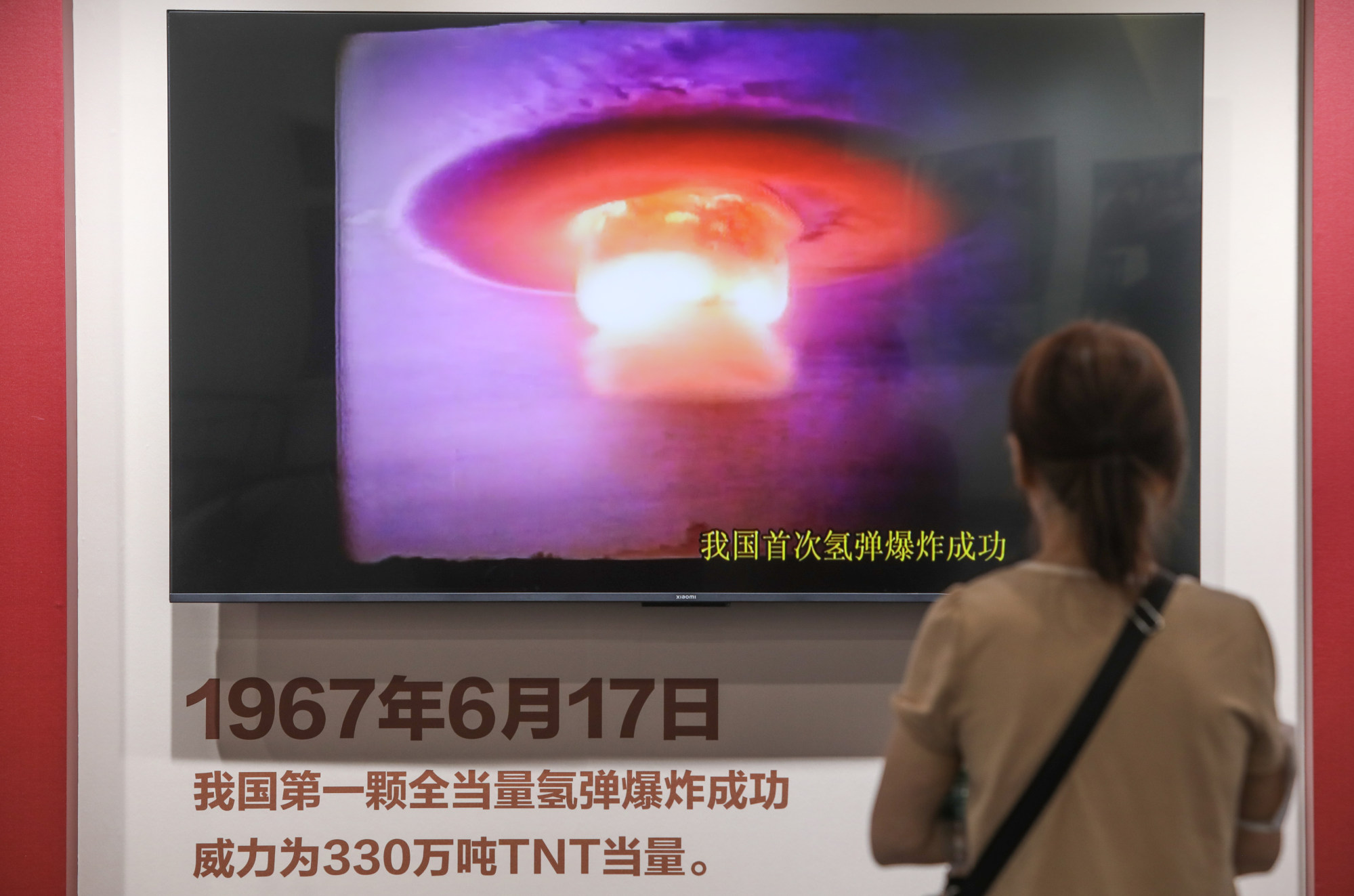
The issue was also raised by Republican presidential nominee Donald Trump during a conversation with Elon Musk on X, formerly Twitter. Trump expressed concern about China catching up to US nuclear capabilities.
“That’s where you need a strong American president because you just, you don’t want to have this proliferation,” Trump said.
This is not the first time that military cooperation between Beijing and other US adversaries has led to changes in defence policy.
In May, US Air Force Lieutenant General Jeffrey Kruse, who is director of defence intelligence at the Pentagon, told the US Senate Armed Services Committee that “even if Russia and China in a military force are not interoperable, they would certainly be cooperative”, prompting the armed forces to review their strategies.
At the same hearing, US Director of National Intelligence Avril Haines said that Sino-Russian operations were “prompting new planning across the government in many respects”, citing the countries’ joint naval exercises as a cause for concern.


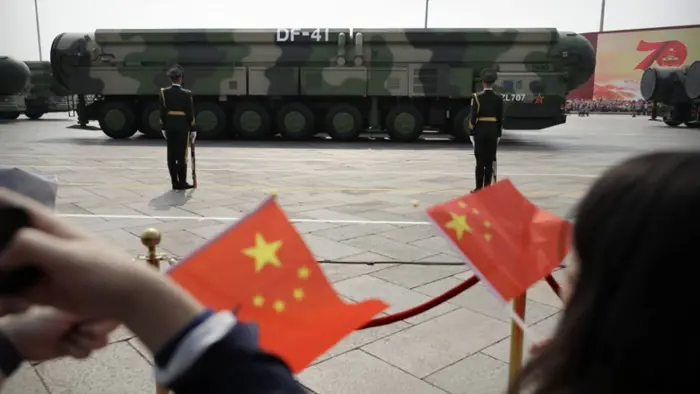

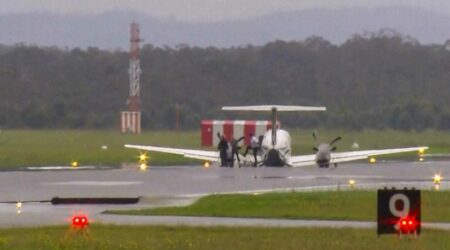




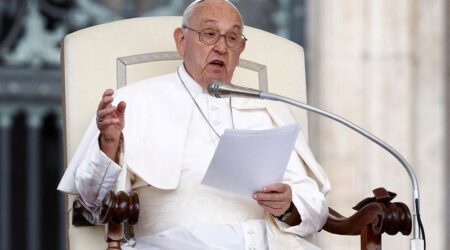



Leave a Reply